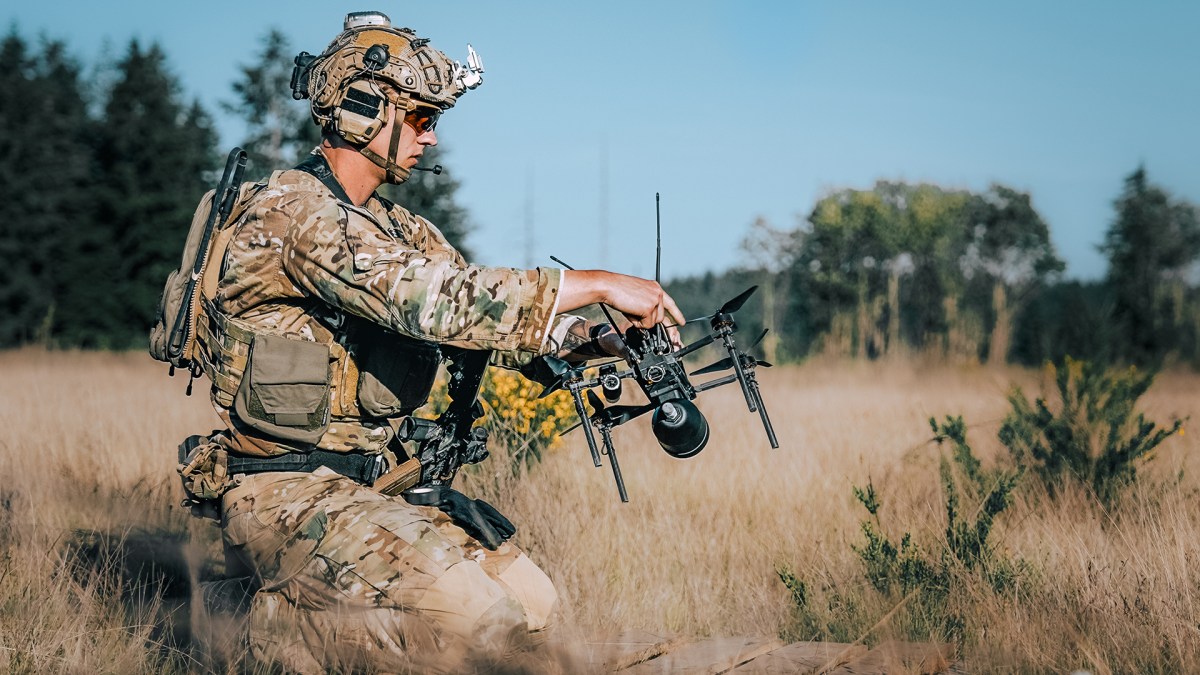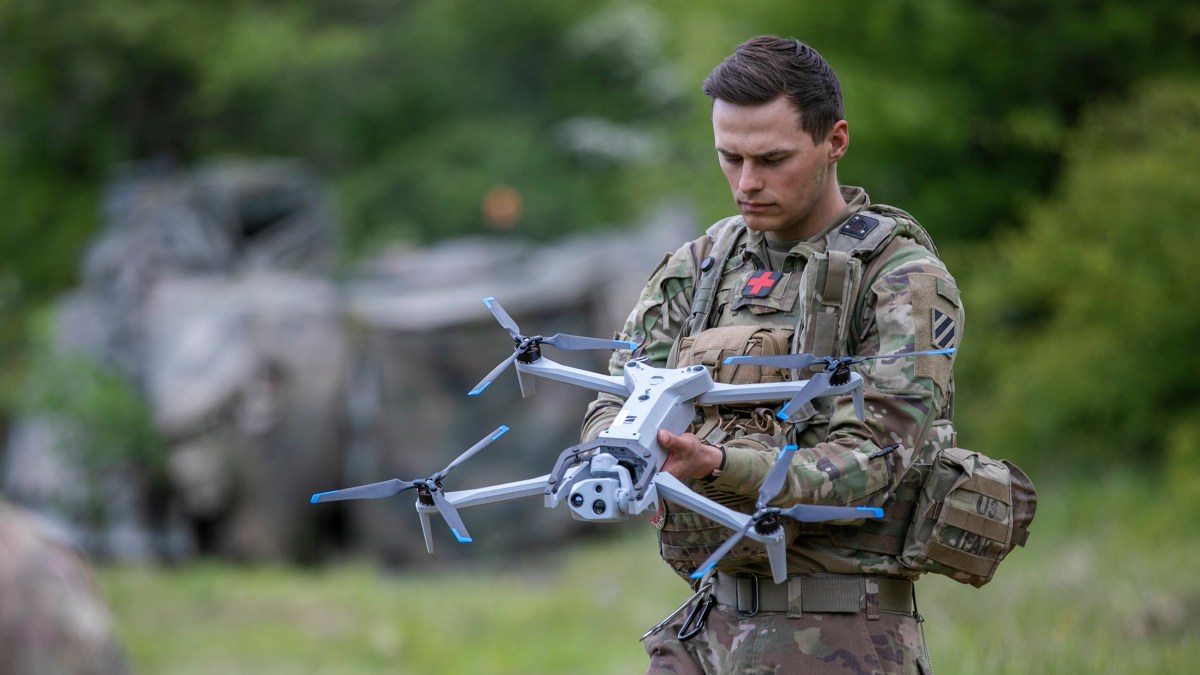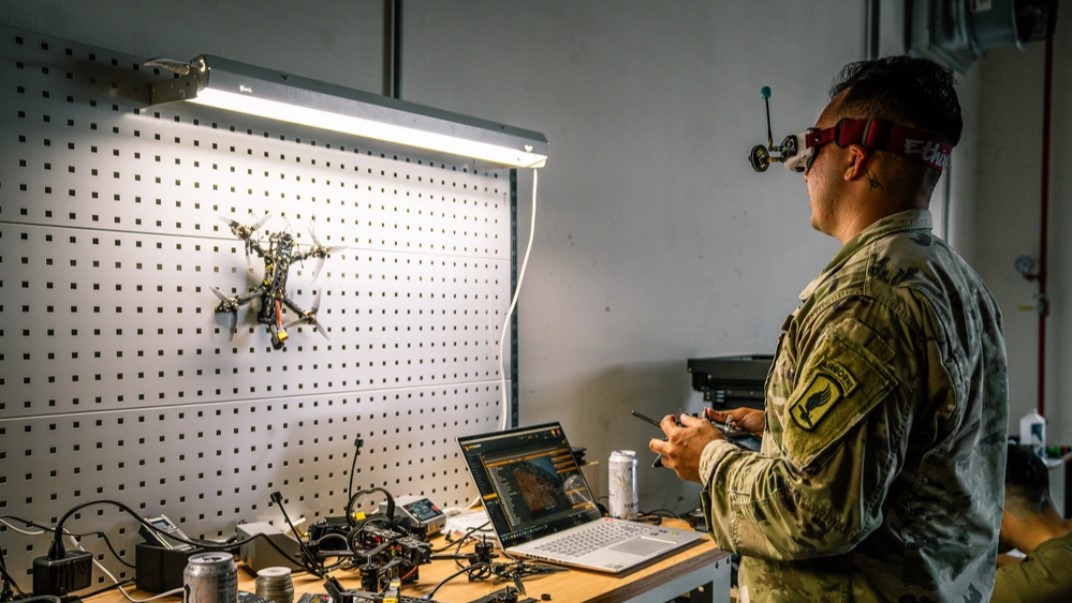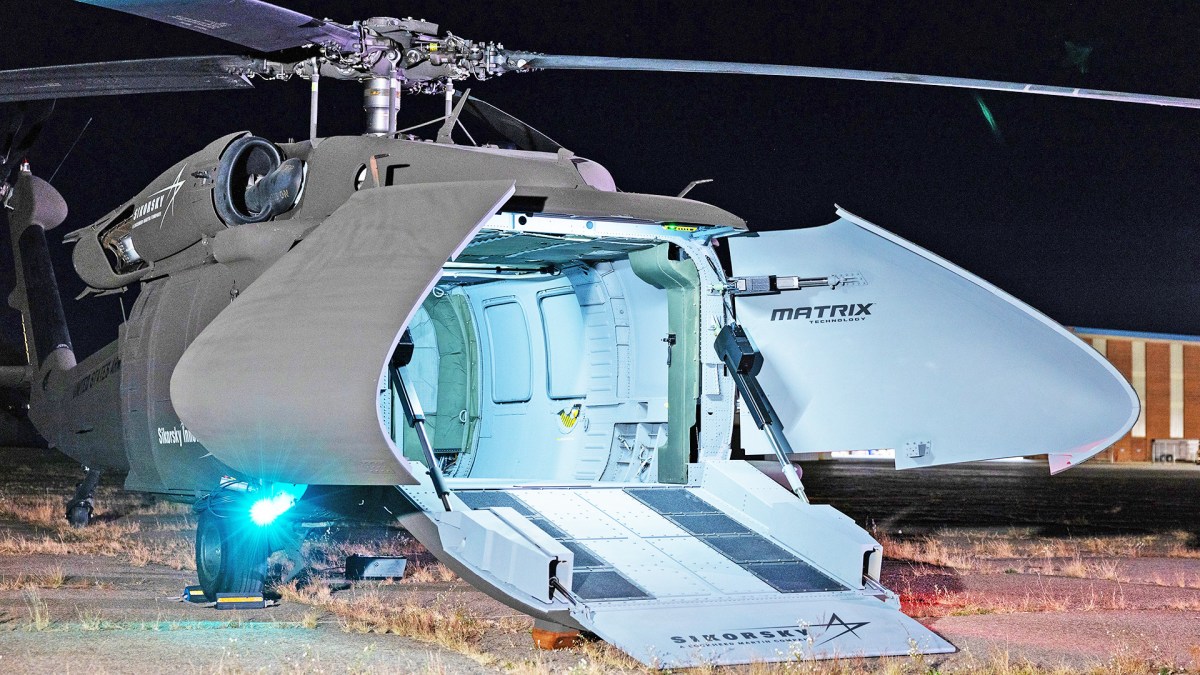- Reaction score
- 11,828
- Points
- 1,160
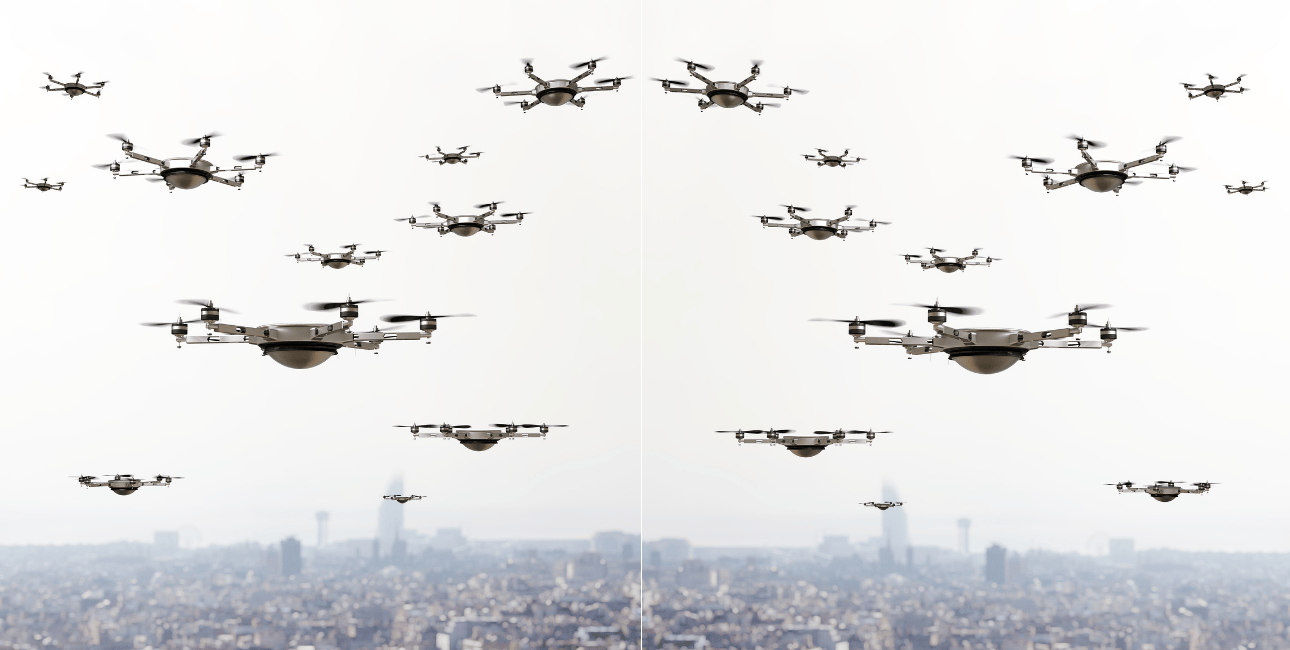
Drone Wall To Defend Europe? Russia's Neighbors Looks To Thwart Potential Invasion By Boosting Its Eastern Flank
An outmanned and outgunned Ukraine has continued to put up resistance against Russia for over three years now, based on continuous innovation in drone technology. Impressed by the drone tech, European countries are facing a hard choice – whether to invest in a ‘Drone Wall’ or in artillery to...
 www.eurasiantimes.com
www.eurasiantimes.com
Pro
A German firm is proposing that a drone wall consisting of 100,000 HX-2 combat drones could “prevent a land invasion of the continent once and for all”. Seeking cost-effective solutions for bolstering Europe’s defense, Torsten Reil, co-head of the German start-up Helsing, claimed that AI-equipped flying helpers, developed by his company, could offer sufficient protection.
“100,000 HX-2 combat drones would prevent a land invasion of the continent once and for all,” Reil wrote on social media.
Company co-founder Gunbert Scherf has called for building a “drone wall” along NATO’s eastern border that runs about 3,000 kilometers long. He contended that such a wall could be “erected within a year.”
Con
However, the naysayers take the claim with a pinch of salt. European defense experts contend that only 100,000 drones cannot address Europe’s security woes and cannot replace soldiers and artillery.
The scepticism around drone technology also stems from the susceptibility of unmanned aerial vehicles to electronic warfare. Ukraine has been deploying a mix of attack UAVs, ranging from light and heavy bomber drones to First Person View drones. The use of fibre-optic drones by Ukrainian forces is not yet ubiquitous. (I wonder what those pictures of fibre would look like if they were ubiquitous?)
Observations
A recent report by the Royal United Services Institute, titled “Tactical Developments During the Third Year of the Russo–Ukrainian War,” enumerates the significant limitations of tactical UAVs.
“Between 60 and 80% of Ukrainian FPVs fail to reach their target, depending on the part of the front and the skill of the operators. Of those that do strike their targets, a majority fail to destroy the target system when striking armoured vehicles. The success rate in wounding infantry is high,” the report states. Reports indicate that drones are responsible for an estimated 70-80% of deaths and injuries in the conflict, according to the New York Times.
Personal comment - a hit rate of 20-40% (the inverse of the 60-80% miss rate) doesn't sound so bad to me. Especially compared to many of the alternatives.
Apparently armoured vehicles need a bigger bomb but the effect on infantry seems impressive. That would seem to mean armoured vehicles are more likely to survive the advance but be stripped of their infantry making them more vulnerable to ATGMs.
Ukrainian conclusions. (Drones and Guns)
The RUSI report also includes input from Ukrainian military personnel seeking more artillery in conjunction with drones, as artillery can be effective even in adverse weather conditions and can be deployed effectively.
Drones are most effective in combination with artillery, the report’s authors found. UAVs serve as forward observers, correcting fire and improving the strike efficiency of artillery systems.
German conclusions. (Drones and Conventional Forces)
The German parliament has been exploring the concept of a drone wall to bolster NATO’s eastern flank defense by purchasing combat drones. But: For “credible deterrence and defense,” in addition to drones, “large weapon systems such as battle tanks, combat aircraft, artillery, and ships are still necessary,” says a spokesman for the Ministry of Defense.
In line with its strategy, Germany is establishing an armored brigade of up to 5,000 soldiers. The brigade will be positioned in Lithuania near the border with Belarus, an important ally of Russian President Vladimir Putin.
Baltic conclusions. (Drones and Conventional Forces)
The Baltic states, closer to Russia, are more apprehensive of an attack by Moscow. They are investing heavily in building deterrence. Lithuania announced in July 2024 that it would allocate approximately 200 million euros for various types of drones by 2030. (Lithuania has a population of <3 million - Canadian equivalent 4.5 BCAD in the next 5 years)
Estonia is also working on upgrading its drones and anti-drone systems. Akin to Ukraine’s domestically produced First-person-view drones, Estonia is working on short-range loitering munitions under the project “Angry Hedgehog.”
The drones will be equipped with custom warheads and will have a range of nine miles. The AI-equipped drones will be guided by artificial intelligence to guide them through the last mile to the target to outmanoeuvre Russian jamming.
The cost will be under 1,000 euros, and will be battle-tested by delivering 1,000 of them to Ukraine. In late March, the Estonian Ministry of Defense announced a €100 million package of support for Ukraine, which includes drones, boats, and medical equipment.
According to the Estonian Defense Ministry, the country will allocate 220 million euros (approximately $238 million) for loitering munitions between 2024 and 2027. (Estonian population of 1.37 million - 10.3 BCAD in the next 3 years. At 1000 euros a piece that equates to about 220,000 Estonian munitions or 6,380,000 Canadian ones)
Drone operators from Ukraine have started training Estonia’s volunteer Defense League (Kaitseliit) beginning in May. Estonia announced a new dedicated drone warfare unit for the Defense League in May 2025.
And the counters
Besides shoring up their strike drone capabilities, the NATO countries that share a border with Russia, namely Poland, Finland, Estonia, Latvia, and Lithuania, are also working on anti-drone technologies to protect themselves against Russian swarm drones.
These countries have come together to create an interconnected system of detection devices and defenses, commonly referred to as the Baltic Drone Wall.
Over USD 12 million has been earmarked for the project, consisting of autonomous surveillance systems powered by AI and counter-drone systems. The goal is to have an impregnable border with Russia that cannot be breached by a drone without being detected and destroyed.
Based on the relative investments it seems to me that the locals are betting on it being more effective to kill people than to kill drones. They seem to be betting on the best defence being a good offence.










